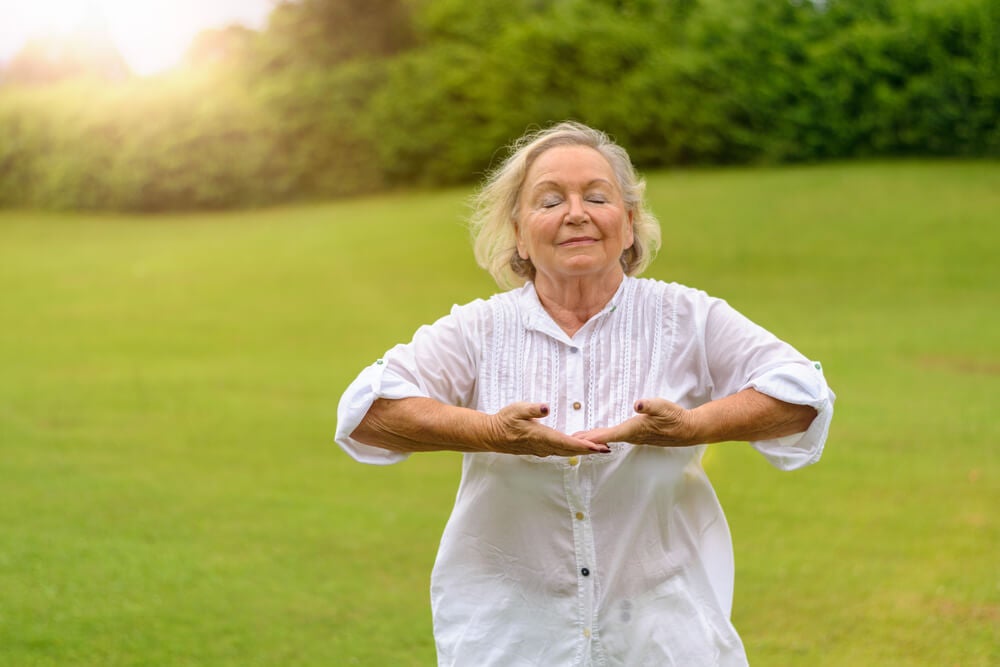Have you ever felt a sudden and terrifying feeling of fear, anxiety or fear at all times?Or the feeling that something terrible was going to happen right away?Have you been overwhelmed by stress or on the verge of a nervous breakdown?This may seem like a complex task to you, but it’s possible to do some exercises to relieve anxiety depending on your breath control.
Maybe you think it’s easier said than done. Yes, you’re partly right. First, because remembering to breathe in the midst of an attack of anxiety, panic, fear, etc. , and to do it correctly, is not common unless you have practiced these exercises well in advance.
- Therefore.
- If you are prone to anxiety attacks.
- We recommend that you try these exercises and do them on a regular basis.
- As a form of training.
- In situations where the anxiety is not too great.
- So that you can apply them when you need them.
I suggest you breathe slowly and fill your lungs starting at the lowest, at this point concentrate all your attention in a single gesture, your mind will not be occupied by anything else, nor by external stimuli or by the thoughts that invade it. You just connect to your breathing, slowly and easily.
But it’s not just a matter of tranquility, your body usually feels different physically, if only for a moment, this is because when you focus on these slow, deep breaths, you send a message to your brain: it’s time to calm down Your brain, in turn, sends messages to your whole body, which ends up producing that sense of calm.
It also works in anxiety situations. In cases where you tend to breathe quickly and superficially, with some deep breaths, you can get true internal, physical and mental relief.
Often, what happens during an anxiety attack is that instead of slowing down our breathing, we are tied to a sensation that is reflected in a quick inhalation, as if we didn’t have enough oxygen, which increases the level of panic and sends several confusing signals to the brain, which in response sends its own signals through the body , negatively affecting oxygen and carbon dioxide levels.
When we are finally able to control our breathing, the brain receives a signal that it is time to correct these levels of oxygen and carbon dioxide, relieving symptoms and so we feel much calmer, that is why doing breathing exercises when we begin to feel the first symptoms of anxiety, and even before a situation that makes us anxious , can be so valuable.
This breathing technique is very simple and, at the same time, effective, to perform the abdominal breathing technique do the following:
Repeat several times. To improve its effects, inhale in four strokes and exhale in four strokes, trying to extend these four strokes gradually. You can get even better effects if, after a few repetitions, you keep the air before exhaling in four strokes. , you endure four more times the apnea, without breathing air, it is even better.
This exercise may seem a little complicated, but it is very effective and, if you practice it regularly, its execution will end up being very simple, to perform the alternative nasal breathing technique do the following:
Basically this breathing consists of inhaling through one nasal cavity and exhaling on the other, alternating between the two. This exercise is very purifying for the body and mind, and helps to regain concentration.
Ujjayi breathing is a yoga breathing technique very useful for relieving anxiety. Ujjayi (pronounced oo-jai) generally translates as “winning breathing” and has been used for thousands of years to improve the practice of Hatha yoga. It is also known as ‘ocean breathing’.
To perform the ujjayi breathing technique, do the following
1. Preparation:
2. Breathe Ujjayi.
Whenever you feel that anxiety is trying to overwhelm you, just breathe. The more you internalize the exercises we offer, and the more exercises you find and practice, the easier it will be to relieve your anxiety.

